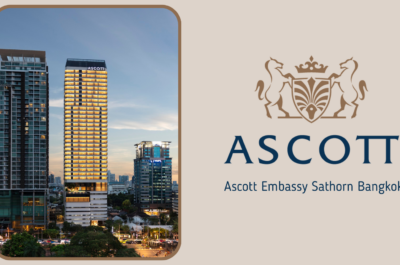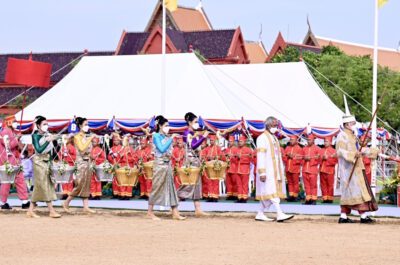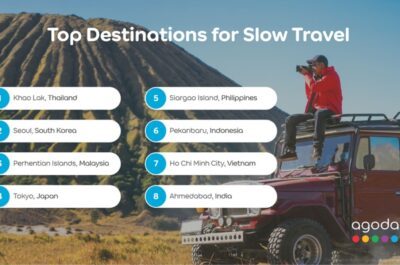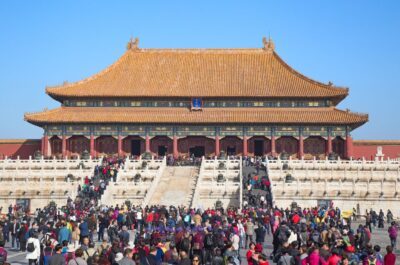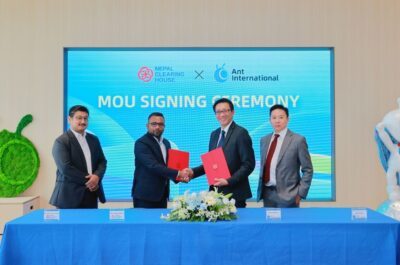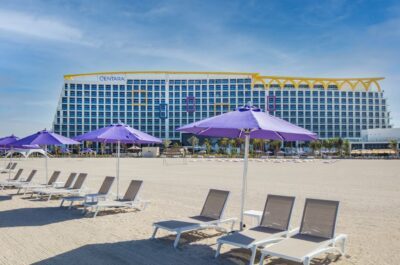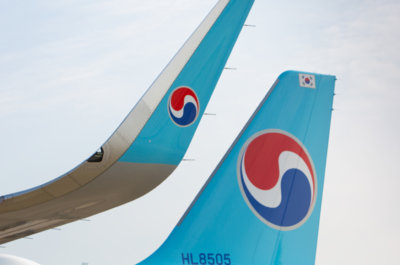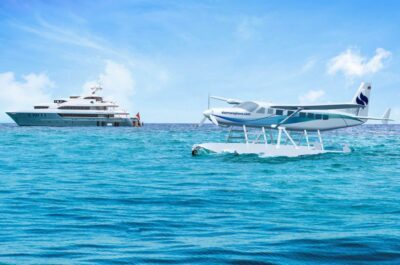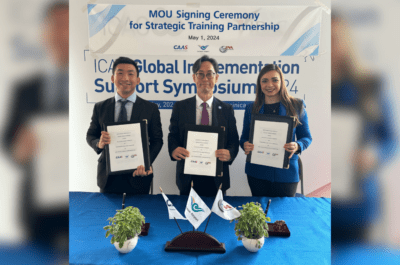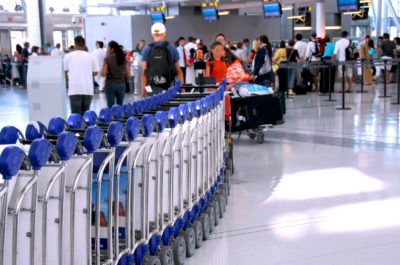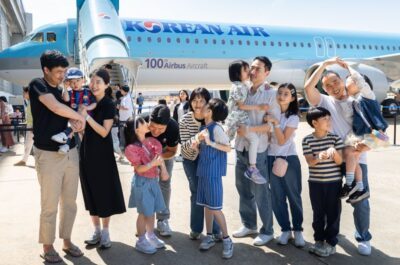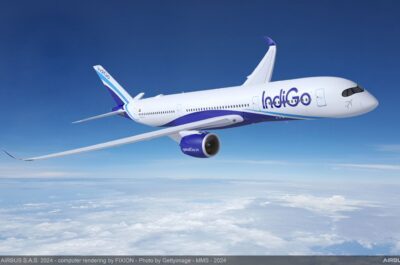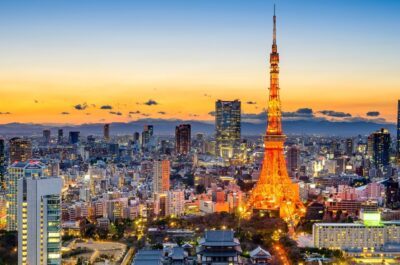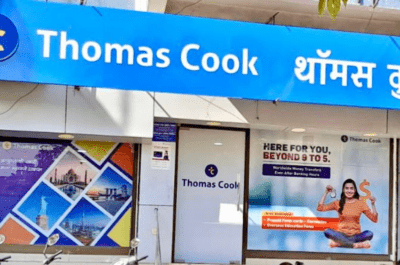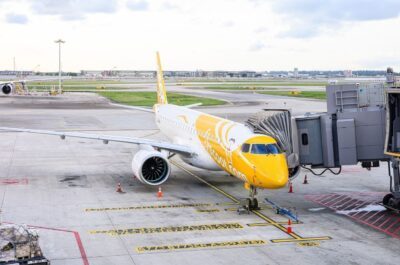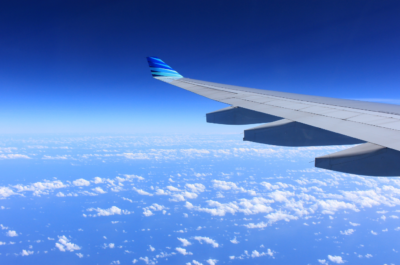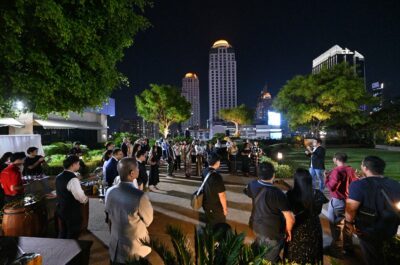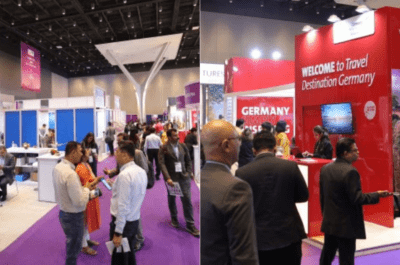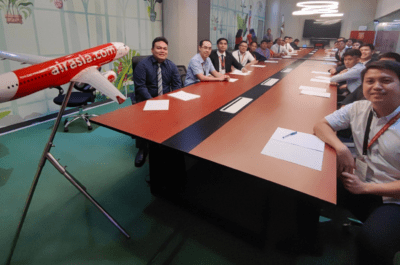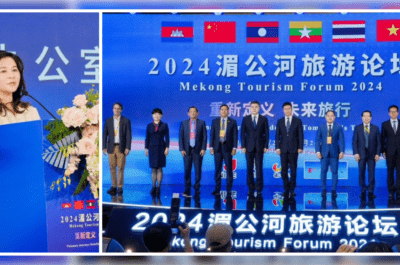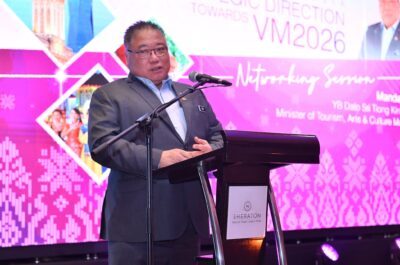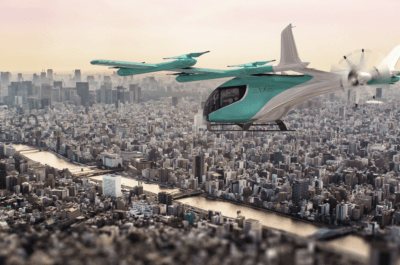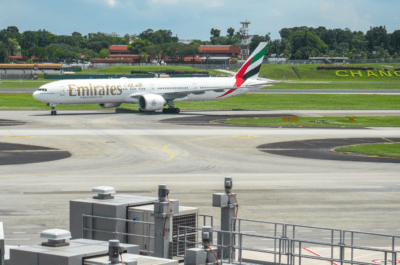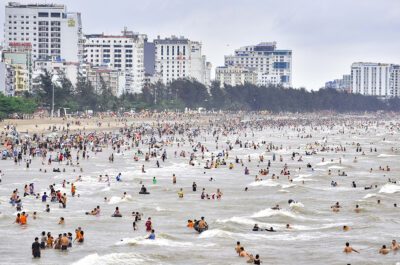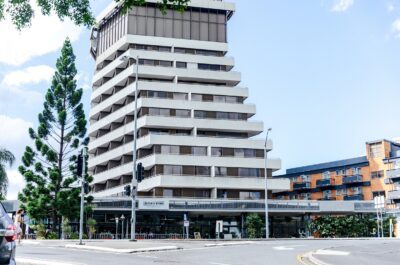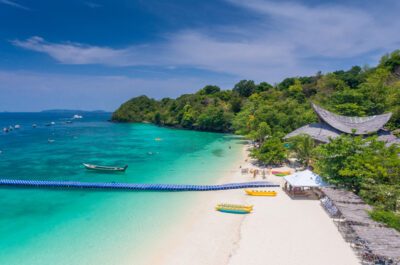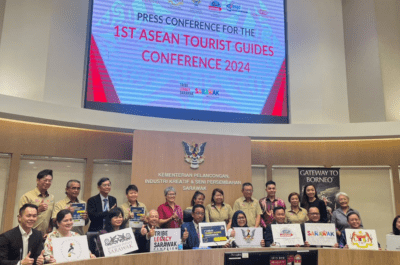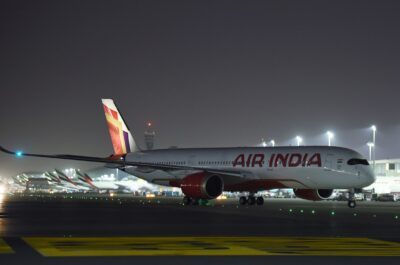…
Demonstration green flight, with reduction of flight time by 30 minutes, saved 10,686 kilograms of fuel and cut carbon emissions by 33,769 kilograms The employment of air traffic management best practices and initiatives by the Civil Aviation Authority of Singapore (CAAS) contributed to significant reductions in flight time, fuel consumption and carbon emissions by the world’s first multi-sector demonstration green flight from Los Angeles to Singapore via Tokyo.
The Singapore Airlines demonstration green flight, which arrived in Singapore at 0132hrs local time today, is another initiative under the Asia and Pacific Initiative to Reduce Emissions (ASPIRE). ASPIRE aims to accelerate the development and implementation of air traffic management procedures, capitalise on innovations, technologies and best practices, and facilitate harmonisation of air traffic management on key Asia and Pacific routes towards reducing aviation emissions globally.
Mr Yap Ong Heng, Director-General, CAAS, said, “The first multi-sector demonstration green flight clearly demonstrates the operational efficiency and environmental benefits that can be realised from employing best practices and technologies in air traffic management. The significant reductions in flight time, fuel consumption and carbon emissions provide benchmarks which Air Navigation Service Providers and airlines can work towards in the air transport industry’s collaborative commitment and efforts to cut down carbon emissions.”
Air Traffic Management Best Practices and Initiatives
Fellow Air Navigation Service Providers (ANSPs) in the United States and Japan collaborated with CAAS to allow the Singapore Airlines aircraft to operate in optimum air traffic conditions in all phases of the flight ie. from departure1 to cruising2 to arrival3.
At the departure phase, the aircraft was accorded priority clearance from air traffic control for taxiing and departure. The time taken for the aircraft to get from the parking bay to the runway was minimised by assigning it the shortest possible route, and the aircraft was given an unimpeded take-off without restrictions on speed or aircraft level. This lessened the aircraft’s power consumption and thereby fuel burn. At the cruising phase, the User Preferred Route and Dynamic Airborne Reroute Procedures were employed allowing the pilot to capitalise on prevailing wind patterns to alter the aircraft’s flight path to shorten its flight time and achieve greater flight efficiency. In addition, Performance Based Navigation (PBN) procedures such as a reduction in the lateral and longitudinal separation among flights were employed, allowing the aircraft to use preferred flight paths and levels, enhanced flight efficiency with no reduction in safety.
Finally, at the arrival phase, the Optimised Profile Descent technique was used to allow the aircraft to fly with engines set at idle in continuous descent from a high altitude to land at Changi Airport, significantly reducing fuel burn. Upon landing, the aircraft was also assigned the shortest possible route from the runway to the parking bay to minimise fuel consumption.
Encouraging Results
By implementing air traffic management best practices for the aircraft throughout its flight, complementing the measures implemented by the airline, the demonstration green flight shaved off 30 minutes of flight time and cut 10,686 kilograms of fuel and 33,769 kilograms in carbon emissions, as compared to a regular flight.
Mr Yap said, “The air traffic management best practices employed for this flight from end-to-end have shown encouraging results. CAAS, in its role as an air navigation service provider, will work closely with the airlines on how the procedures and techniques used for this ASPIRE flight can be applied to more flights. CAAS will also continue with its efforts and contributions to further improve air navigation to increase flight efficiency and reduce aircraft carbon emissions.”
TravelDailyNews Asia-Pacific editorial team has an experience of over 35 years in B2B travel journalism as well as in tourism & hospitality marketing and communications.






